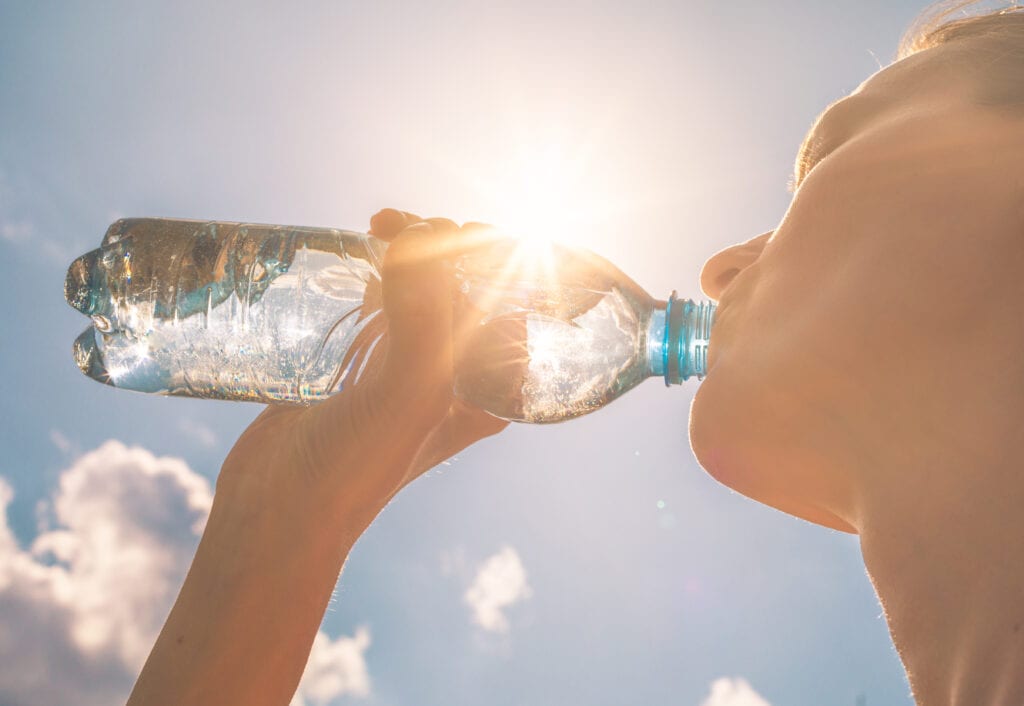How To Safely Enjoy The Summer Sun
Southern California is heating up and there is no time like the present to enjoy the vast array of health benefits that Vitamin D offers. Read below to learn more about why it’s essential to get enough of this vitamin—and how to safely enjoy the summer sun all season long.
The Importance of Vitamin D

The pandemic taught many the crucial role that Vitamin D plays in your immunity. Not only does this essential vitamin support your immune health, it is also responsible for healthy bones and teeth, brain and nervous system health, regulating insulin levels, and promoting strong cardiovascular and lung function. Depending upon your environment, you may need to take a Vitamin D supplement in the colder months or to reach for more Vitamin D-rich foods in order to remain at optimum levels. The summer months, however, should provide all of the Vitamin D your body needs. Visit Urgent Care Pros™ to get your levels checked and we can make recommendations according to your health history. The amount of sun exposure that each individual needs to achieve optimal levels of Vitamin D varies, but aim to get outside daily (and always use sunscreen or protective clothing!).
Hydration is Key!

Daily water intake can come from drinking plain water or from foods and beverages. The particular amount that everyone needs on a daily basis depends on age, sex, and whether someone is pregnant or breastfeeding. The U.S. National Academies of Sciences, Engineering, and Medicine determined that an adequate daily fluid intake is:
- About 15.5 cups (3.7 liters) of fluids a day for men
- About 11.5 cups (2.7 liters) of fluids a day for women
Strive to meet your daily hydration goals by drinking plain water and eating a variety of fresh fruits and vegetables. Avoid getting your water from sugary drinks if possible. Not consuming alcohol is also key when the temperature is high, since these types of beverages are naturally dehydrating.
Stay Safe from Heatstroke

Heatstroke is a condition caused by your body overheating, usually as a result of prolonged exposure to or physical exertion in high temperatures. This is the most serious form of heat injury and can occur if your body temperature rises to 104 F or higher.
If you are going to be playing sports for long periods when the temperature is especially high, or plan to tan poolside for the majority of the day, be sure to drink plenty of fluids, wear sunscreen and lightweight clothing, and always take frequent rest breaks in shaded, cool spots. Remember that it is always best to avoid very strenuous activities in the high heat.
The Mayo Clinic lists these Heatstroke symptoms and signs to look out for:
- High body temperature. A core body temperature of 104 F (40 C) or higher, obtained with a rectal thermometer, is the main sign of heatstroke.
- Altered mental state or behavior. Confusion, agitation, slurred speech, irritability, delirium, seizures and coma can all result from heatstroke.
- Alteration in sweating. In heatstroke brought on by hot weather, your skin will feel hot and dry to the touch. However, in heatstroke brought on by strenuous exercise, your skin may feel dry or slightly moist.
- Nausea and vomiting. You may feel sick to your stomach or vomit.
- Flushed skin. Your skin may turn red as your body temperature increases.
- Rapid breathing. Your breathing may become rapid and shallow.
- Racing heart rate. Your pulse may significantly increase because heat stress places a tremendous burden on your heart to help cool your body.
- Headache. Your head may throb.
We hope that this guide helps you to keep yourself and your loved ones safe this summer while you soak up the sun!
